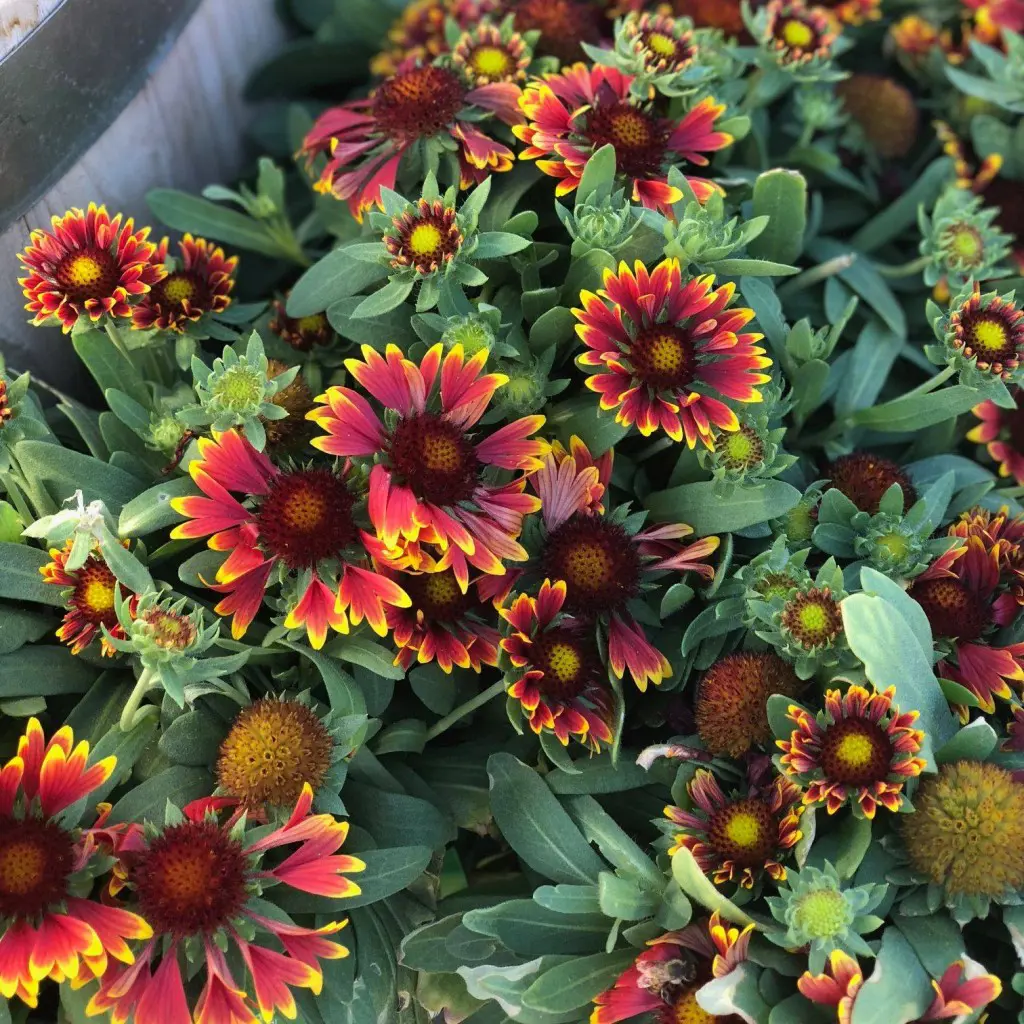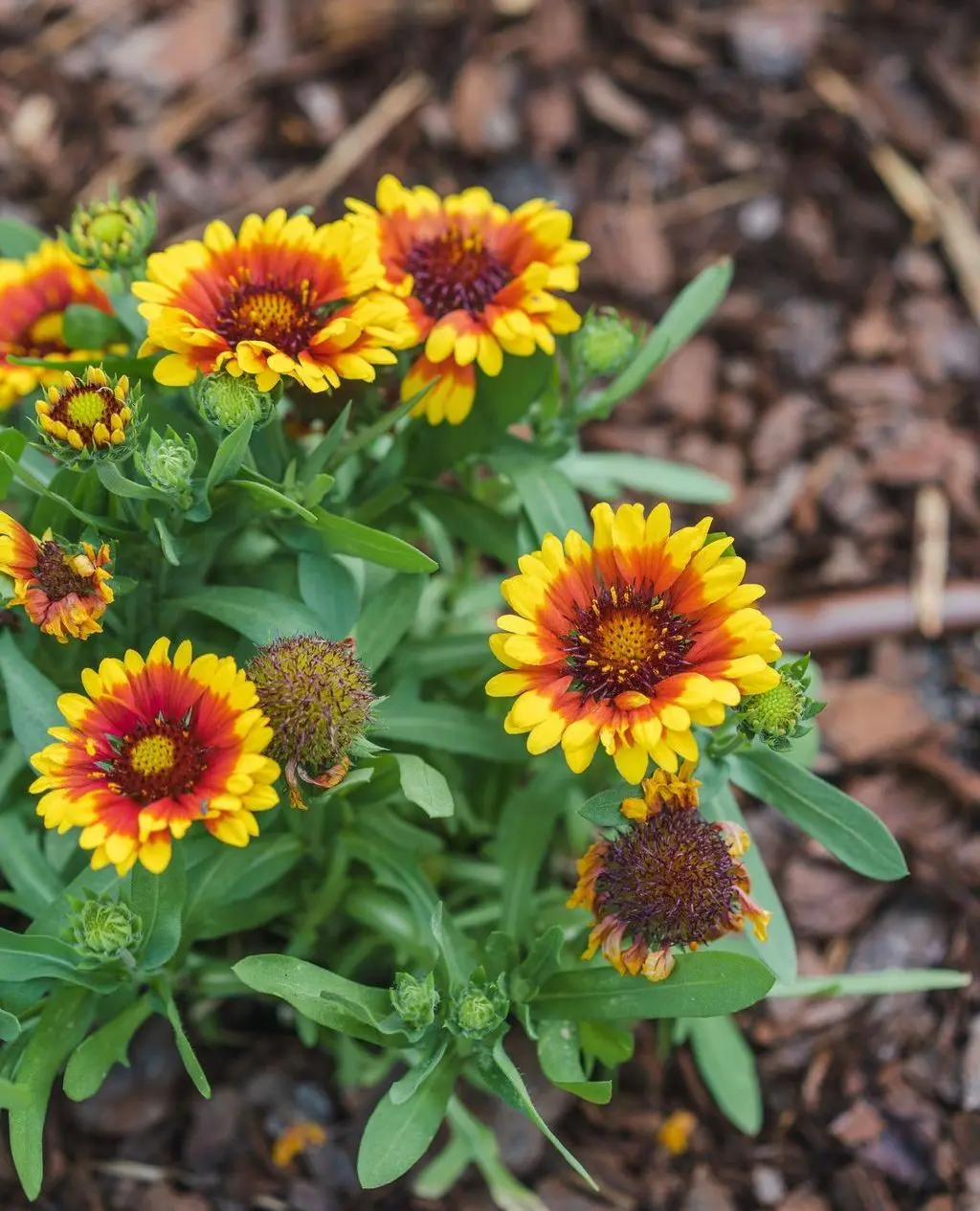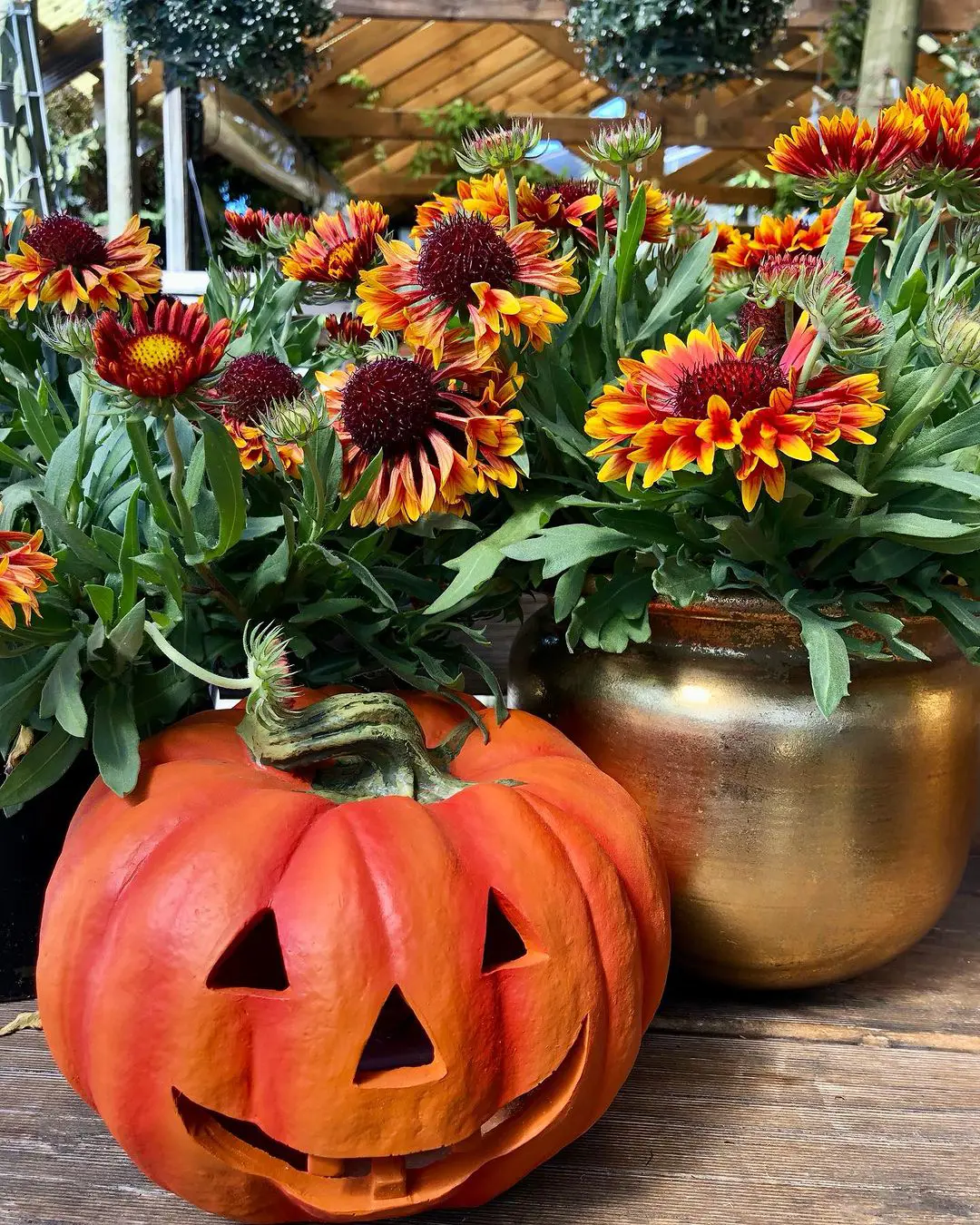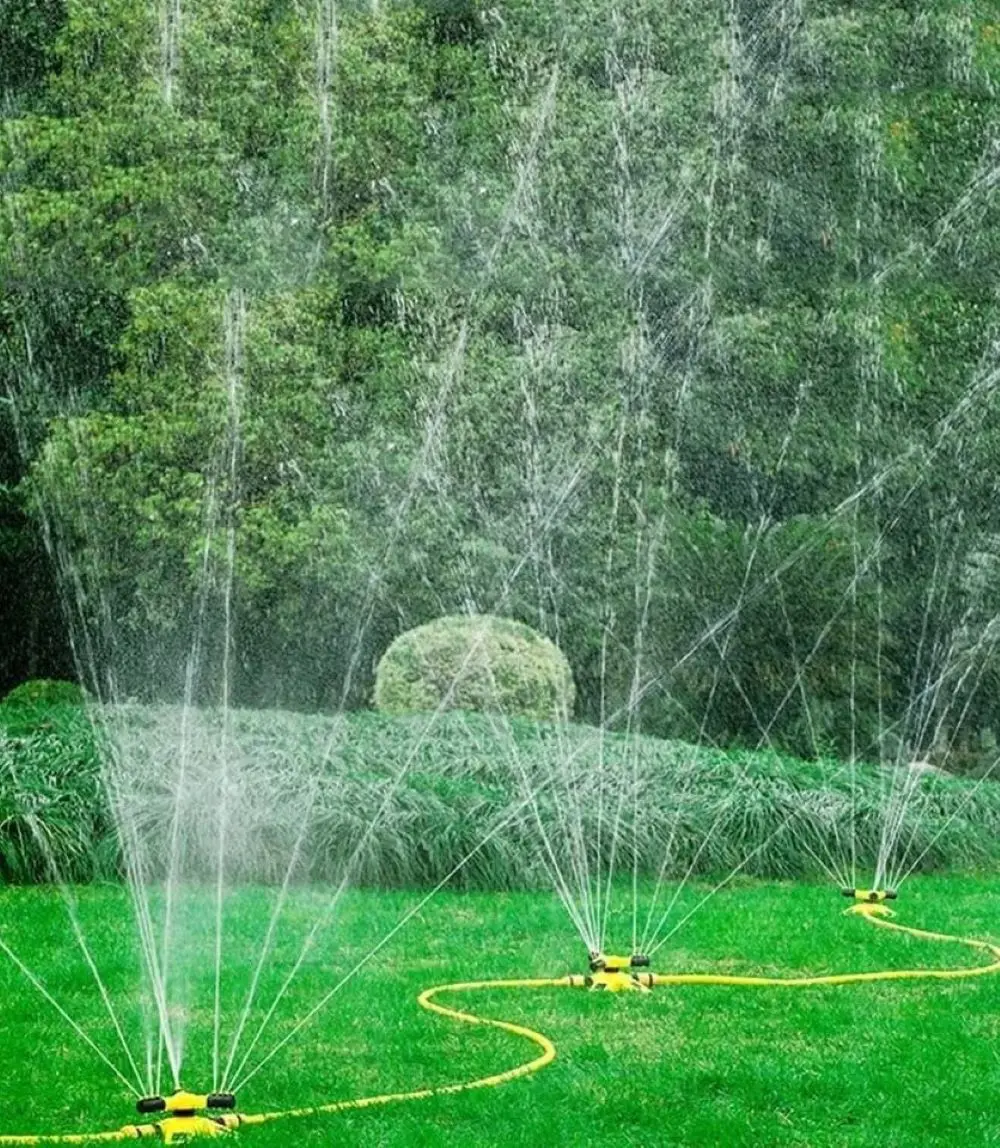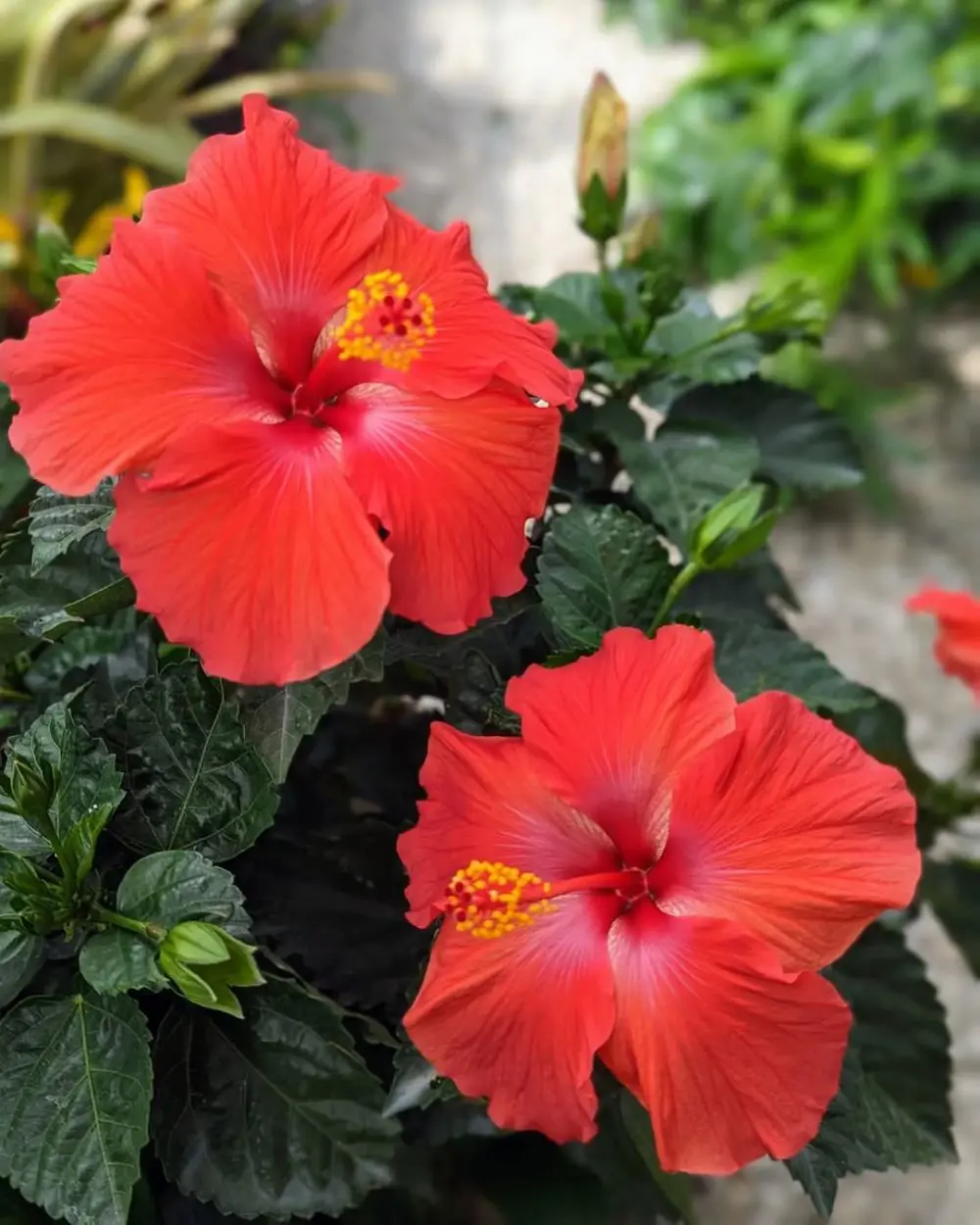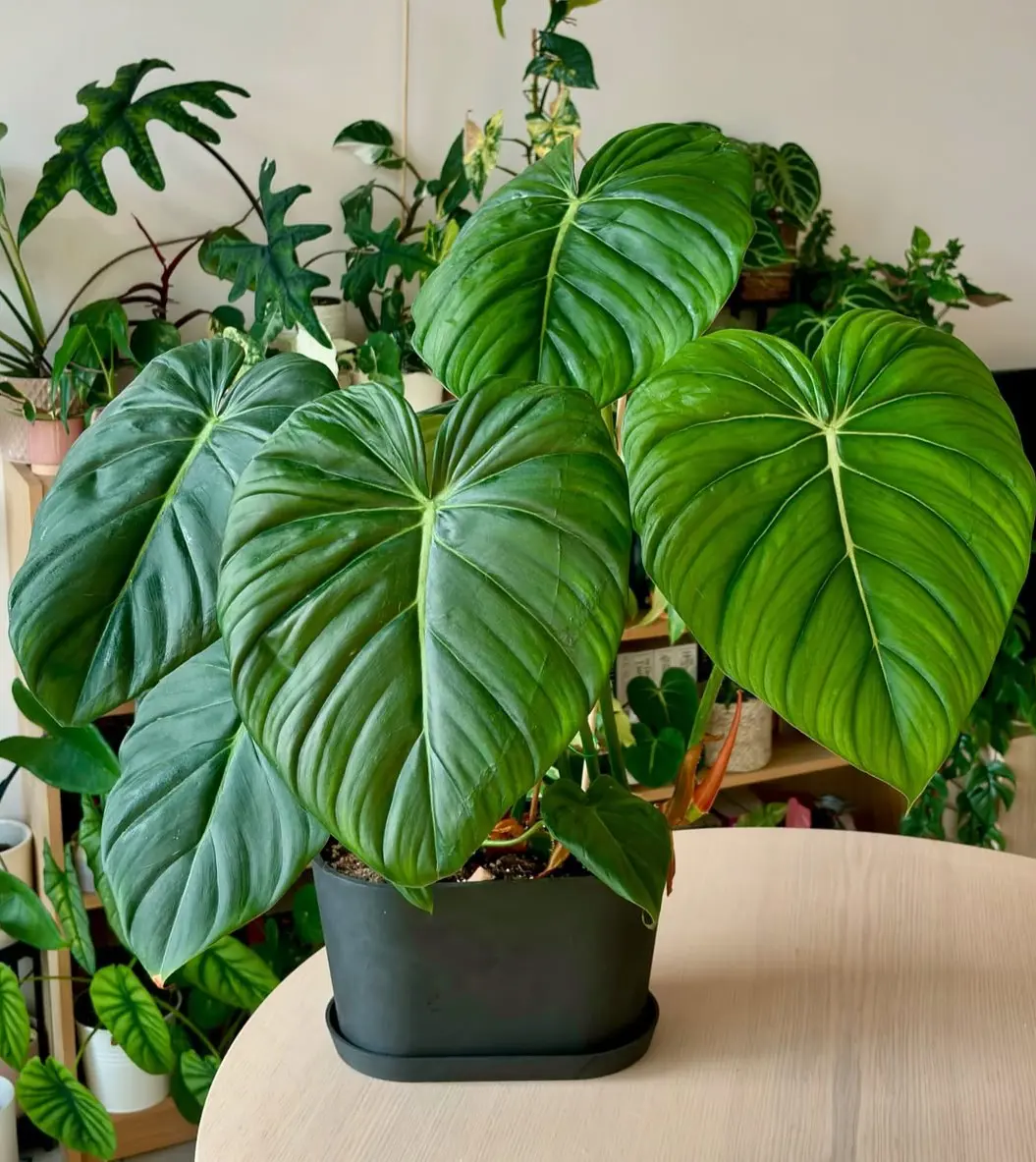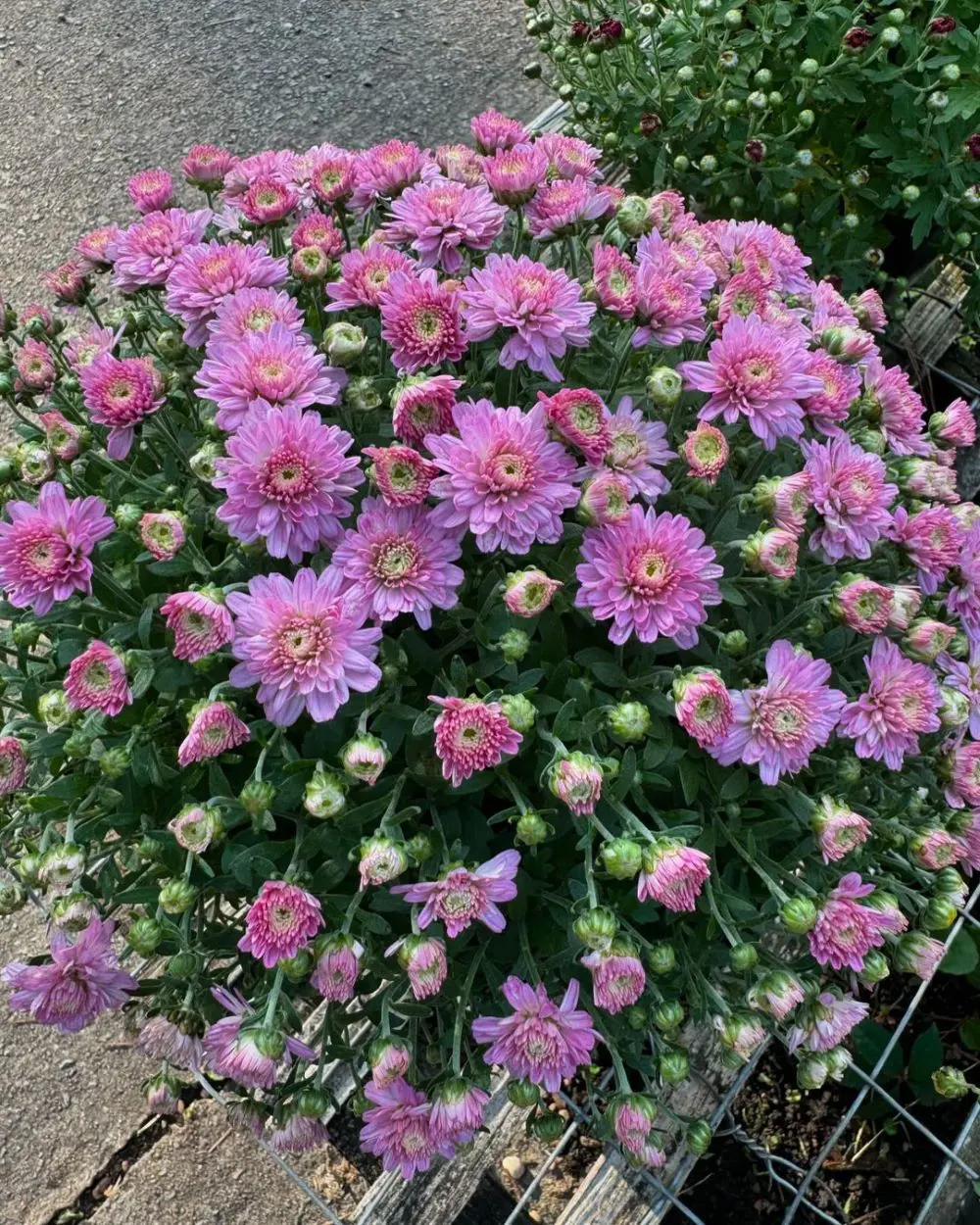With their bright, cheerful blooms, gaillardia plant make a vibrant addition to any sunny garden space. While dozens of different species exist, the varieties most commonly grown today are hybrids combining the best traits from multiple parent plants. This gives gardeners an array of colors and forms to choose from.
The blanket flower genus, Gaillardia, contains over two dozen different species that are native to various regions across North America. However, the most popular modern varieties are hybrids rather than straight species.
These hybrids were created by cross-pollinating different species to combine their most desirable characteristics into a new plant. The most prevalent hybrid is Gaillardia x grandiflora, which resulted from crossing G. pulchella (southeastern U.S. to Mexico) with G. aristata (a prairie wildflower).
G. x grandiflora took the large, vibrantly-colored flowers of G. pulchella and the hardiness of G. aristata to produce a garden performer with bigger, longer-lasting blooms and improved vigor over its parents. Most named cultivars sold at nurseries today are grandiflora hybrids.
Some of the top grandiflora hybrid cultivars include:
Arizona Sun - Aptly named, this 2005 All-America Selections winner produces brilliant 3-4 inch flowers with a red center surrounded by sunny yellow petals.
Burgundy - This striking variety features rich, wine-red petals surrounding a yellow center disk that transitions to a deep burgundy shade as it ages.
Fanfare - The trumpet-shaped blooms make a bold statement, with hues ranging from soft pinkish-red on the outer petals to bright yellows radiating from the rosy center disk.
Goblin - While the flowers are smaller, this cultivar is prized for its large, blue-green foliage heavily veined in maroon tones that provide incredible contrast.
Mesa Yellow - As the name implies, the 2010 All-America Selections winner wows with pure, brilliant yellow blooms lacking any other shades.
In addition to hybrids, some straight species like G. pulchella and G. aristata are also grown, primarily for wildflower meadows or native plant gardens.
But for bigger, more vibrant blooms and improved performance in typical garden settings, the grandiflora hybrids are the top choice of most gardeners.
